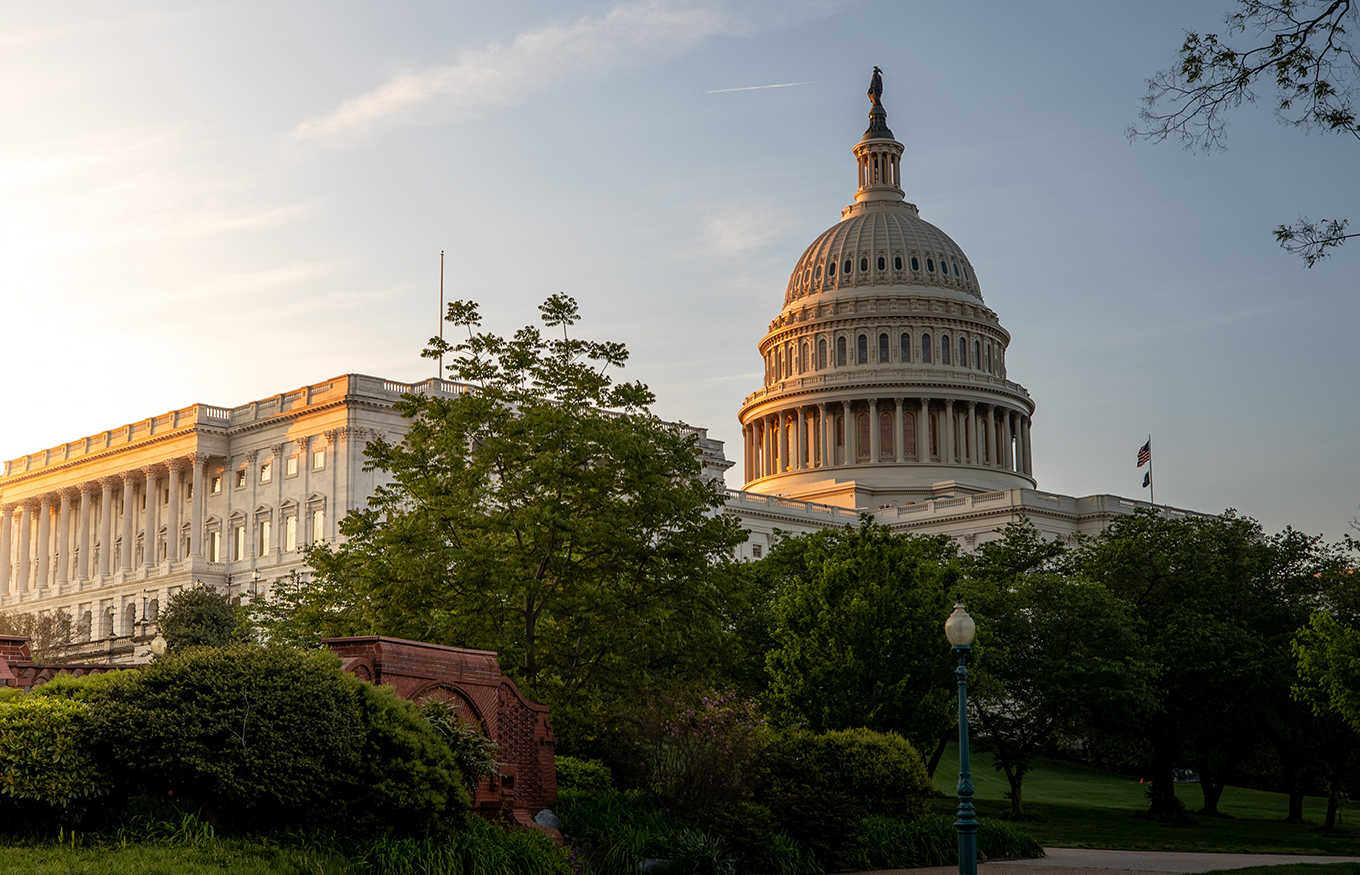Press releases
70% of congressional staff assistants in Washington, D.C. are not paid a living wage, new Issue One analysis shows
Media Contact
Cory Combs
Director of Media Relations

New research from Issue One underscores the extent to which congressional staffers are widely and consistently undercompensated for their work, especially in entry-level positions.
An Issue One analysis of LegiStorm data revealed that 70% of D.C.-based congressional staff assistants — the most common entry-level position on the Hill — aren’t paid a living wage.
According to LegiStorm, a staff assistant made a median annual salary of $38,730 in 2020. That’s roughly $4,000 less than the Massachusetts Institute of Technology’s estimated living wage in Washington, D.C., and 30% less than the national average starting salary for 2020 college graduates. A similar trend holds true for other junior-level positions in Congress, such as press assistant (median salary: $43,860) and legislative correspondent (median salary: $44,050).
Overall, Issue One’s new report found that 1 in 8 congressional staffers in Washington, D.C. aren’t paid a living wage. That means 13% of D.C.-based congressional staff, nearly 1,200 staffers, were paid less than $42,610 in 2020, which according to MIT is the “minimum subsistence wage” for an adult with no children in the nation’s capital.
“Congressional staff are the heartbeat of our legislative branch who work tirelessly on behalf of the American people. Yet too many are forced to take on side gigs or leave Congress for higher-paying lobbying positions just so they can pay their bills,” said Issue One Founder and CEO Nick Penniman. “If we want a robust and capable Congress that is able to meet the needs of all Americans, we need to raise the pay floor for junior staffers.”
While House Speaker Nancy Pelosi (D-CA) announced last August that the maximum salary for House staffers would increase from $174,000 to $199,300, Issue One’s analysis found that these policy changes will only affect around 3% of congressional staff, as 60% of staffers are under the age of 35 and 45% of staffers in 2020 made less than $60,000.
Insufficient pay heightens the challenge of recruiting and retaining a diverse staff — evidenced by the fact that while people of color account for 40% of the U.S. population, they represent just 14% of all top House staff and 11% of all Senate member office top staff. Greater pay is necessary to retain staff of color in senior- and junior-level roles.
The report concludes that Congress needs to invest in itself, including its staff, in order to ensure that it can effectively address the issues facing all communities and attract and retain a workforce that is more representative of the American people.
While the recently announced raises for top staff represent a step forward, focus must be shifted to the lower-level staff who make up a far greater percentage of the overall workforce and are the pipeline of talent to upper positions. In order to meaningfully address its staffing challenges, Congress must raise its pay floor.
Read the full report, entitled, “Fair Pay: Why Congress Needs to Invest in Junior Staff.”
